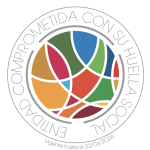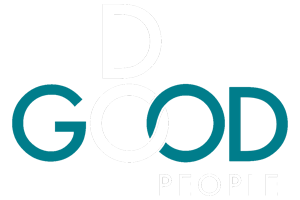A good brand reputation, or corporate reputation, can help attract more clients and talent, as well as create a relationship of loyalty and trust in the company with the different interest groups. In other words, being able to consolidate a good business reputation can translate into highly relevant competitive advantages.
But in order to understand everything that a company’s reputation implies, we must first understand, not only what brand reputation is, but also how we can objectively measure it and then manage it in the most effective and efficient way possible.
What is corporate reputation?
First of all, it is important to make a distinction between image and reputation. If it is true that both are the result of the perception that consumers have of the company, entity or organization in question, the image is somewhat more difficult to objectify.
Reputation, however, can be understood as the point where the company’s image and identity converge. A good reputation is achieved when these two have a coherent and cohesive relationship. On the contrary, the lack of coherence between image projection and the company’s identity translates into a negative and uncertain reputation.
Although reputation is still an intangible resource of the company, we can find different indicators that make its measurement and comparability possible.
How can we measure reputation objectively?
There are several evaluation models by which to measure corporate reputation; these are the most recognized in the business field:
- MERCO: The Corporate Responsibility Business Monitor, or MERCO, is the benchmark corporate reputation gauge in Latin America. It is based on a six-process evaluation method that takes into account more than twenty different sources of information and various stakeholders. Furthermore, it is the only externally audited monitor of its kind. Both its criteria and results are public, following its transparency policy.
- RepTrak: One of the best corporate reputation assessment models today is the RepTrack meter. It is a quantitative measurement model based on seven dimensions and twenty-one indicators that allow calculating their importance. What makes this model one of the most respected by experts is the fact that it bases its measurements on exhaustive interviews with different interest groups, from managers to focus groups with the general public.
There are also reports published periodically that list a list of companies in the form of a ranking taking into account different dimensions and indicators of reputational measurement. We can highlight the following:
- WMAC: The World’s Most Admired Companies, from Fortune magazine, is an annual report published by the magazine in which it reflects the most admired companies in the world. However, it has been widely criticized since it is not a tool that improves the company’s corporate reputation. In addition, it does not make an in-depth evaluation of the entire value chain of companies either.
- Global Brands Report: This report, also called ‘the most respected companies’, is an annual publication of the Financial Times magazine where the most respected companies are listed. The report is based on a survey of a thousand executives where elements such as integrity, respect, value creation, corporate social responsibility or corporate governance are taken into account.
How can we manage and improve corporate reputation?
It is important to remember that these corporate reputation assessment methods are not perfect or infallible. After all, it is an attempt to empirically measure elements that by nature are, for the most part, subjective and intangible.
The subjectivity of the user is a factor that is as immovable as it is determining for the reputation of a company. Being in search of new and more precise measurement methods is essential to be able to transform opinions into a better perception, both internally and externally to the company.
But as we have previously mentioned, reputation is the point where image and identity come together. That is why if we want to promote a better reputation, the change must come from the need to create a culture and business values of social responsibility and sustainability. In such a way that their communication is an act of transparency and honesty beyond the marketing campaign.
The DoGood method
In DoGood we believe that the best way to achieve this unity between image and identity, is by engaging all employees across the organziation. In this way we want to promote new sustainable and healthy habits in the company transversally, building a culture of social responsibility that can be measured in a tangible way, to later communicate the impact objectively.
In addition, we help our clients to achieve traceability of a better ESG impact, to create reputational value based on corporate sustainability and to increase commitment by promoting a sustainable culture and values.
If you want to know more about how we work to create a positive social and environmental impact, click here.







